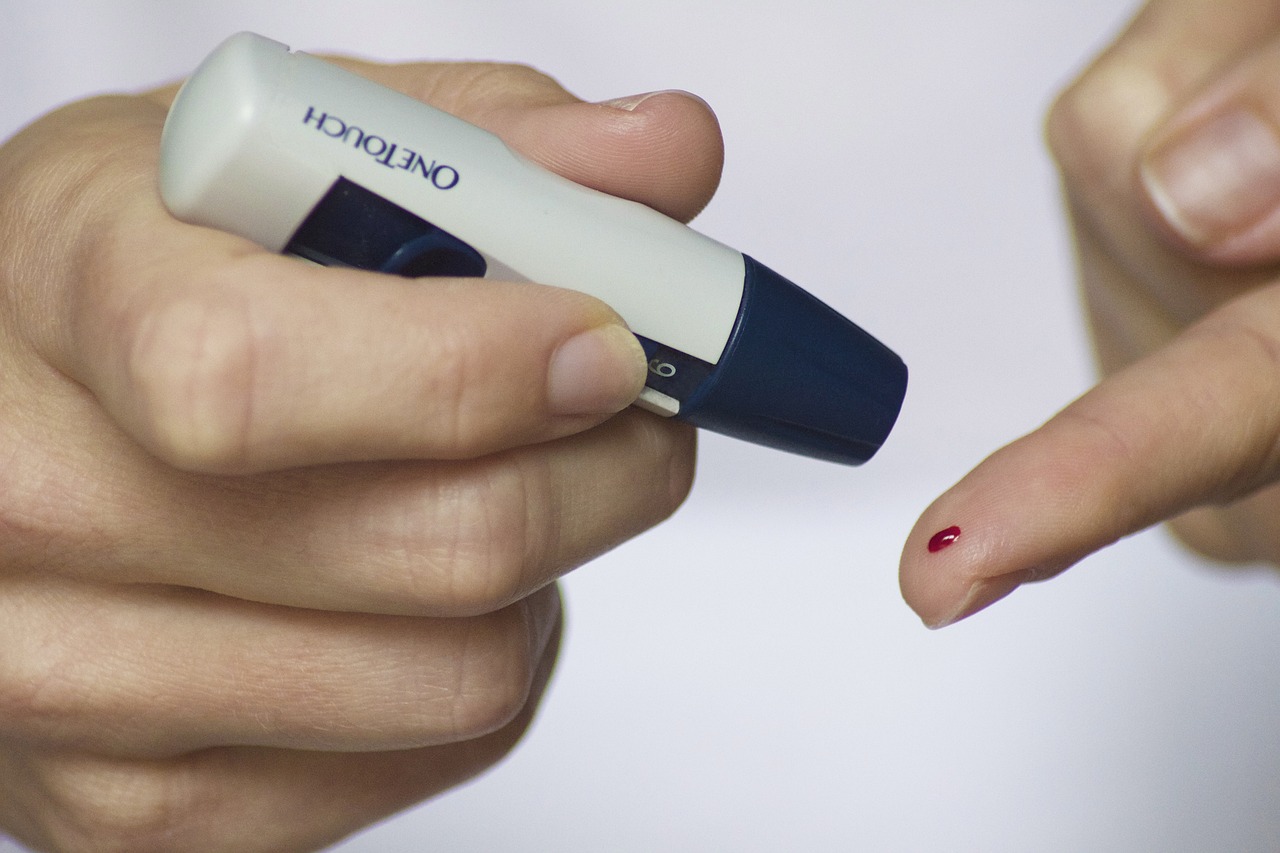Beta blockers are believed to have at least five mechanisms by which they cause their antihypertcnsive. anti-anginal. anti-tremor. antidysrhythmic and other effects. Competitive blockade of beta-one adrenergic receptors in the S-A node, atria, A-V node. His-Purkinje system and ventricles of the heart with a resultant decrease in heart rate. contractility, automaticity and A-V conduction.
Competitive blockade of beta-two receptors in the juxta-glomerular apparatus and Diabetic Neuropathy Test. leading to a decrease in the beta-mediated release of renin (reduced angiotensin. reduced vasoconstriction. reduced salt and water retention).
The more lipid-soluble beta blockers such as propranolol and labetalol penetrate the blood—brain barrier. By a CNS mechanism which remains to be elucidated, their antihypertensive effect is augmented. Poorly lipid-soluble beta blockers such as atenolol and nadolol are. nevertheless. good antihypertensives. Beta blockers are believed to cause the beta receptors to become more sensitive to the patients hypertension. triggering normal antihypertensive mechanisms.









